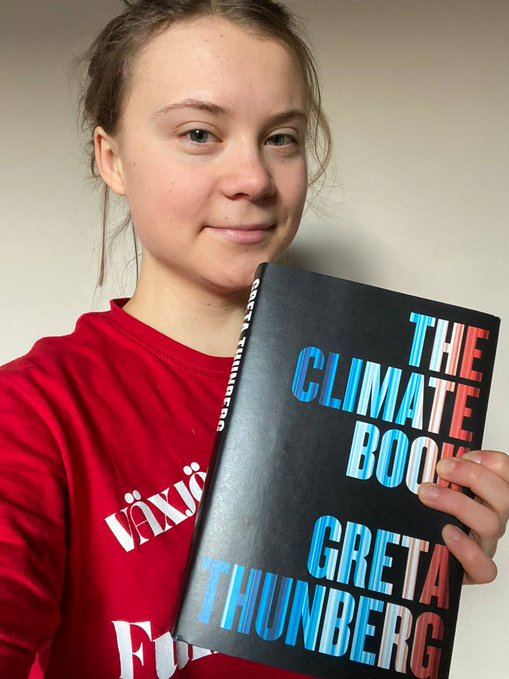AFP
In successfully spearheading the push for international support for Ukraine, the United States cast off the go-it-alone ethos of Donald Trump’s presidency and helped Kyiv to withstand Russia’s onslaught.
Washington was able to quickly forge an international coalition to back Ukraine after Russia invaded in February 2022, providing tens of billions of dollars in military aid, training Kyiv’s troops and imposing punishing sanctions on Moscow.
“Without US support, and then… the broader European and global support, the Ukrainians would have collapsed,” said Mark Cancian, a senior adviser at the Center for Strategic and International Studies.
“The support is absolutely vital. And continuing that support is absolutely vital,” he said.
International assistance from dozens of countries has been coordinated through the Ukraine Defense Contact Group, which first met in late April last year.
The meetings allow Ukrainian officials and military leaders to “update ministers on current battlefield dynamics and Ukrainian requirements so the international community can identify and provide Ukraine with the capabilities needed,” Deputy Assistant Secretary of Defense for Russia, Ukraine and Eurasia Laura Cooper told AFP.
US Defense Secretary Lloyd Austin has been the main driver behind the group, with meetings held on a near-monthly basis “to intensify our efforts and coordinate our assistance and focus on winning today’s fight and the struggles to come,” Cooper said.
Ukraine’s supporters are also training its soldiers — an effort coordinated separately through the Security Assistance Group-Ukraine organization — with US forces starting a program focused on larger-scale maneuvers last month in addition to instruction on specific weapons systems.
And the United States and other countries have imposed tough sanctions on Russia, with targets including financial institutions, technology imports and energy exports.
Stephen Sestanovich, a senior fellow for Russian and Eurasian studies at the Council on Foreign Relations, said US efforts to rally international support for Ukraine show a “fundamental” difference with Trump’s presidency.
Many in Trump’s administration “disliked transatlantic institutions, processes and leaders. Trump’s decision-making was always chaotic but forging a common policy on Ukraine with the EU and the rest of NATO would have been extremely difficult,” Sestanovich said.
Aid for Ukraine has covered almost all types of military equipment, from uniforms, small arms and ammunition to artillery rocket systems, air defenses and armored vehicles.
Kyiv has pushed for some items that its international supporters have been reluctant to provide, including Patriot air defense systems and advanced heavy tanks — which were eventually promised — and others such as long-range missiles and fighter aircraft, which have not been so far.
Total security assistance from the United States and other countries amounts to at least $45 billion since Russia’s invasion, Cooper said.
Much of that figure has come from the United States, with aid provided through direct withdrawals from American military stockpiles as well as via orders placed with the defense industry.
The orders avoid depleting US stocks but take time, while direct provision of aid takes items away from America’s stores, though defense officials have repeatedly insisted that assistance for Ukraine will not undermine US readiness.
Cancian said the impact on US stocks “will be an increasing issue,” noting that this is especially the case with artillery ammunition, while there are adequate supplies of other items.
Substitutions and purchases from other countries will likely be the solution. “The aid will continue. But how it’s provided will adapt,” Cancian said.
While bipartisan backing for Ukraine assistance is generally strong, some lawmakers have called for curbs on aid, while others are pushing for it to be stepped up.
“No more money for Ukraine,” Republican Representative Matt Gaetz tweeted earlier this month, but a bipartisan group of senators called in late January for aid to Kyiv to be expanded to include advanced systems that Washington has not yet provided.
Sestanovich said current support “can be maintained for a long time. What’s more challenging is figuring out how — and how fast — to ratchet that support upwards.”
“Western governments know more is needed but they have found it hard to agree on the details,” he added.





![Alexandria Verner, Brian Fraser and Arielle Diamond Anderson: All Victims of Michigan State University Shooting Identified [PHOTOS]](https://data.ibtimes.sg/en/full/65397/michigan-state-students.jpg)

